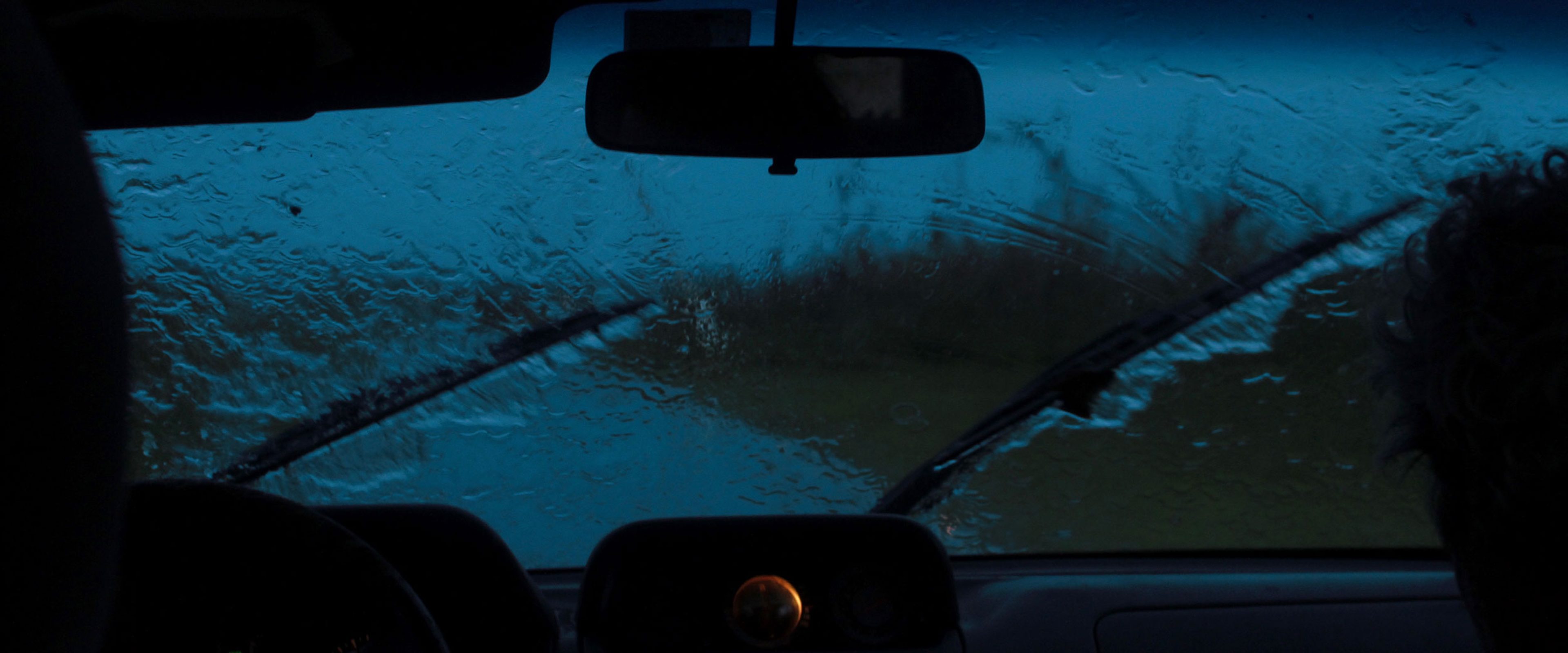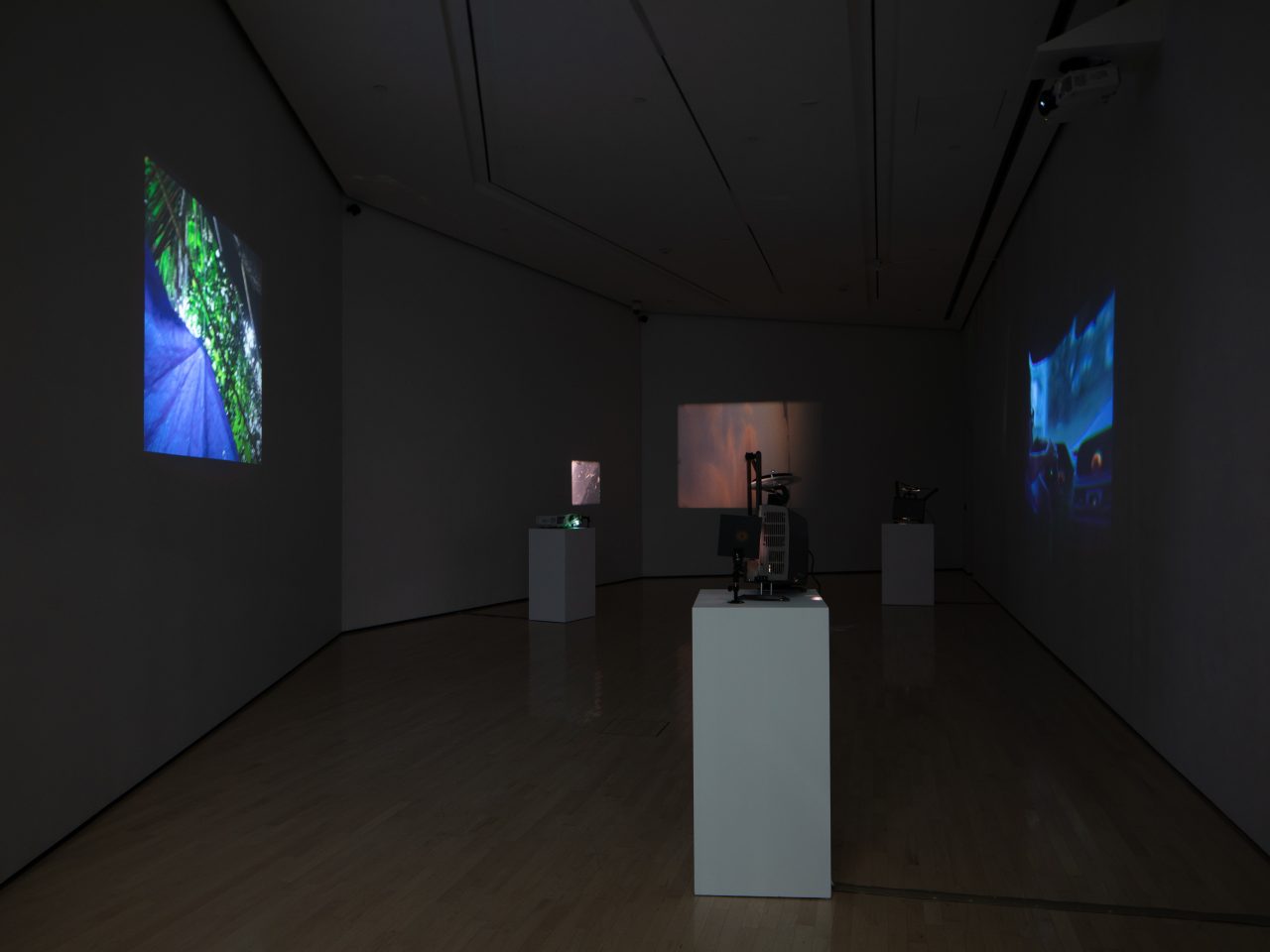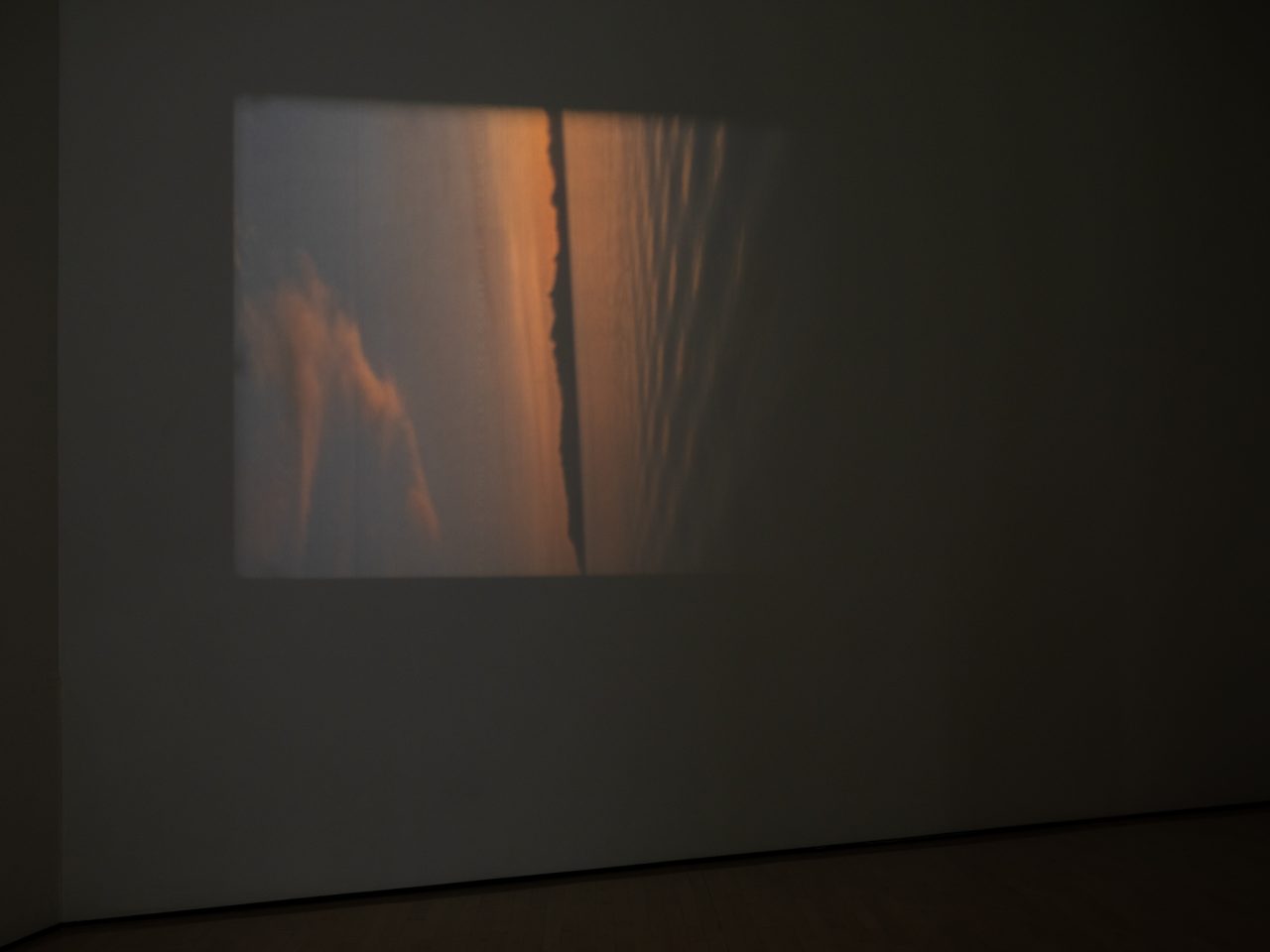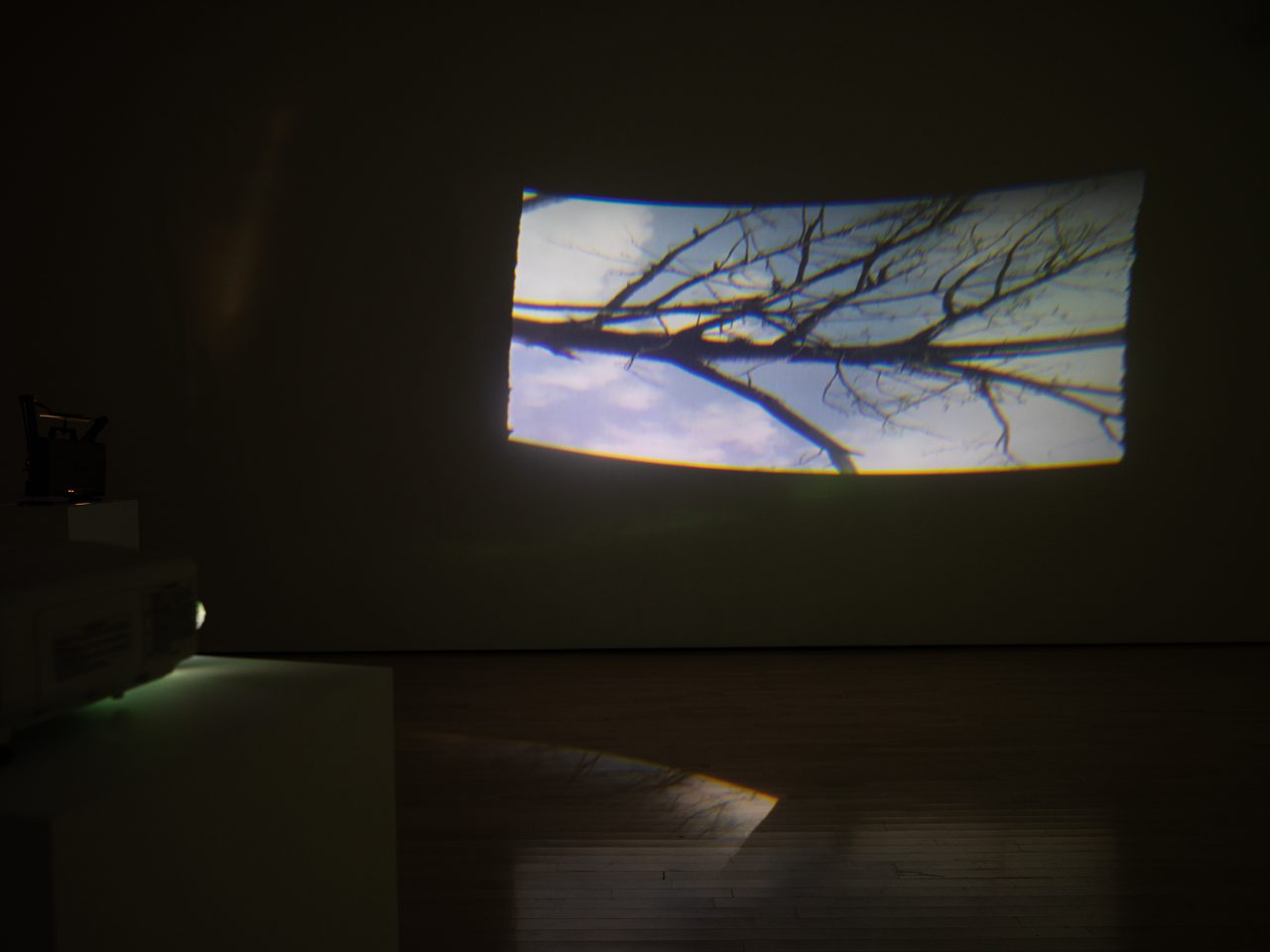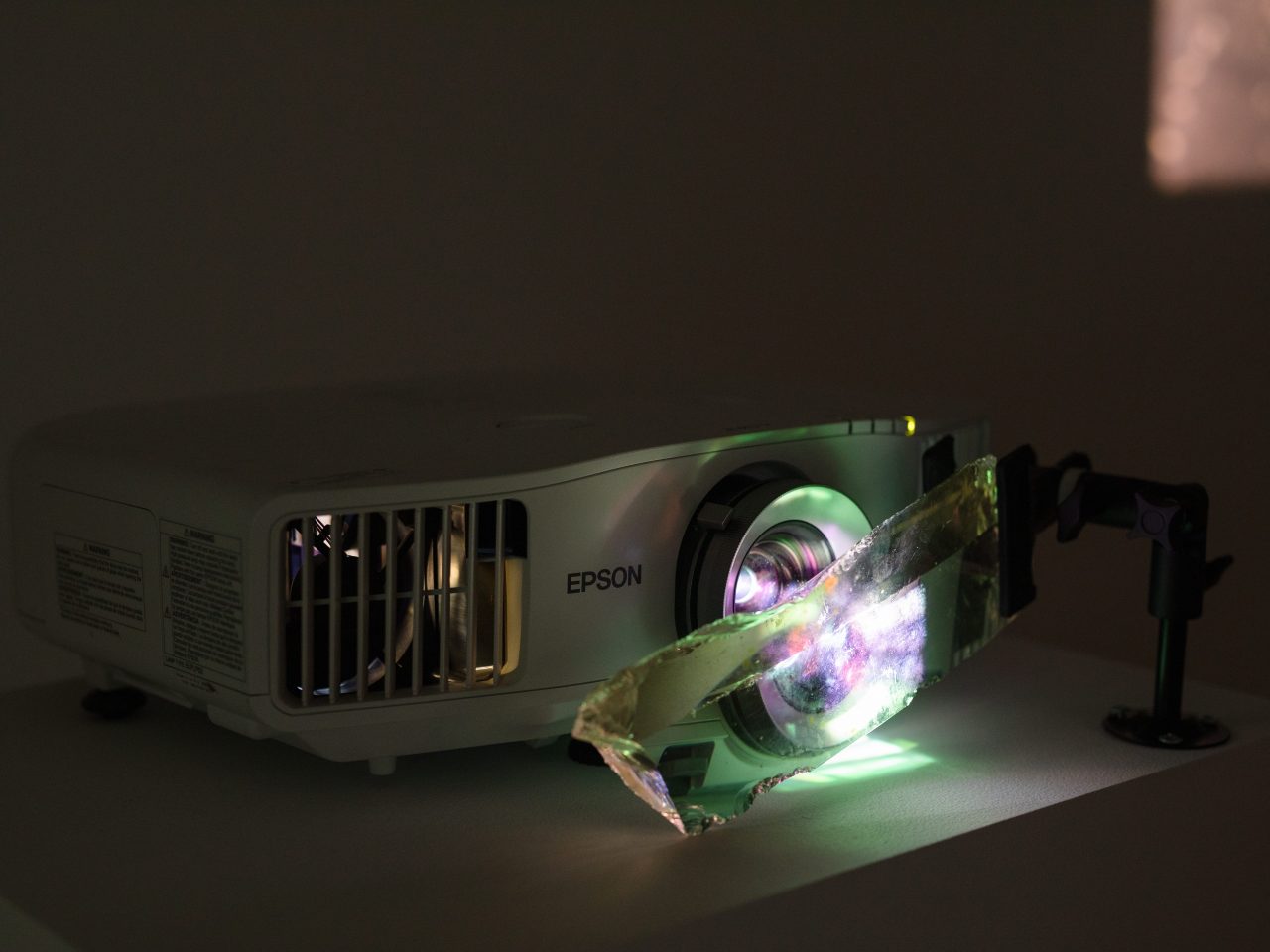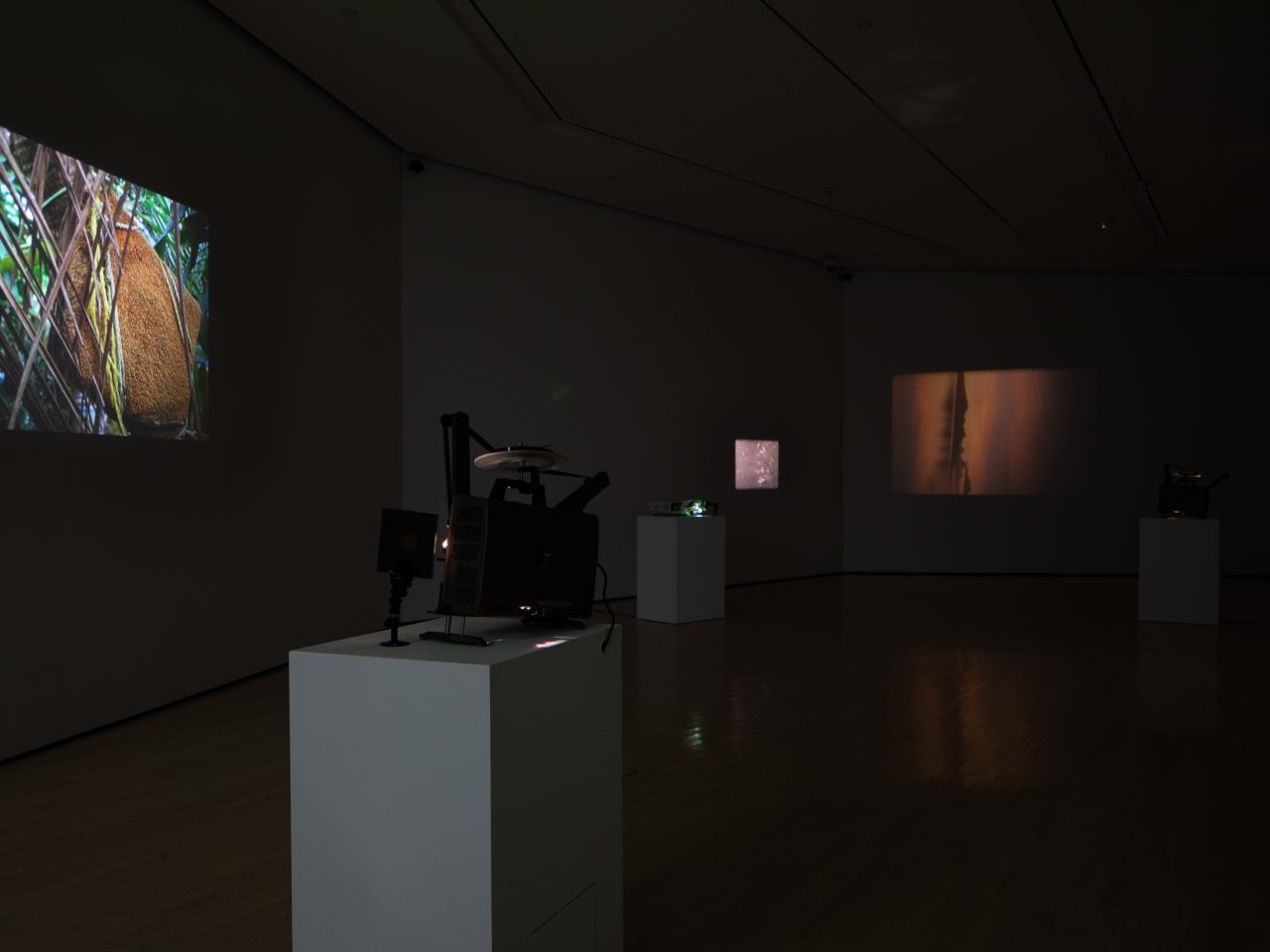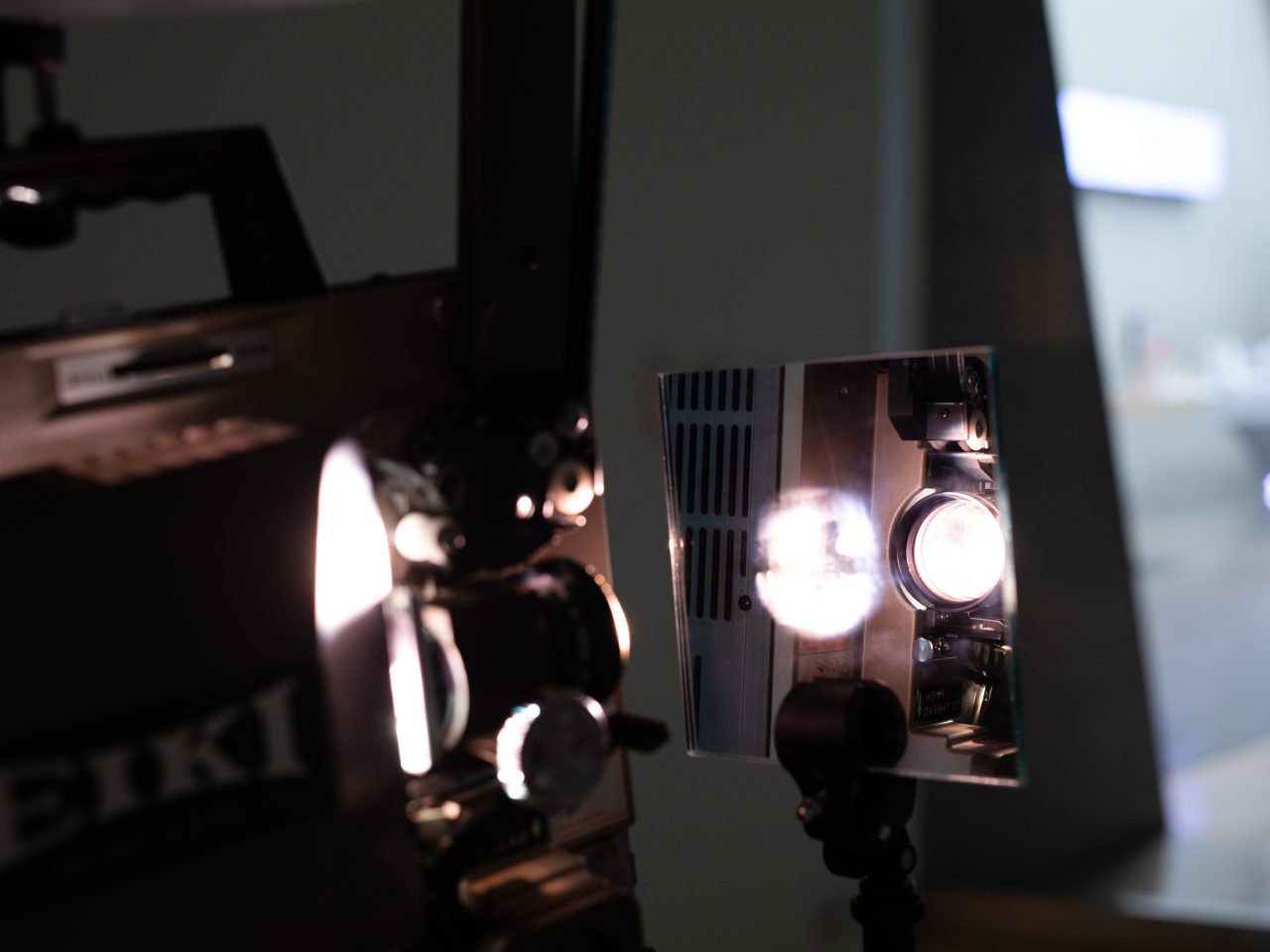Field Station: Beatriz Santiago Muñoz is organized by the Eli and Edythe Broad Art Museum at Michigan State University and guest curated by Carla Acevedo-Yates, Marilyn and Larry Fields Curator at the Museum of Contemporary Art Chicago. Support for this exhibition is provided by the MSU Federal Credit Union.
About the Exhibition
On September 20, 2017, Hurricane Maria, one of the deadliest storms ever to pass through the Caribbean, made landfall near Yabucoa, Puerto Rico. Its fierce 155-mile-per-hour winds tore through the island from east to west. What was not seen immediately was heard: spiraling, clattering winds knocked down trees, destroyed the power grid, and left most of the population without access to electricity, food, or water. Once the storm subsided, suddenly everything became visible: the colonial wound once hidden in the lush tropical landscape was now open for all to see. In the aftermath of Hurricane Maria’s environmental and human catastrophe, artist Beatriz Santiago Muñoz sensed the importance of recording the moment, but found that whenever she looked through the viewfinder at the infinite wreckage, the sensorial weight escaped her. She set about shooting in a more intuitive fashion, trying to register the elusive feeling of the world being taken apart and then slowly put back together again.
This fall, the MSU Broad presents an immersive film exhibition by Santiago Muñoz comprised of four recent films—Gosila, Jagua, Horizonte vertical, and Sacred Filth—and custom-made and found lenses. Together the works speak to the fractured realities of living in Puerto Rico post-Maria and the difficulties of representing these lived experiences. Gosila is the anchor work, and it will be projected through a piece of broken Fresnel lens found near the lighthouse in Maunabo, Puerto Rico. In Santiago Muñoz’s observational style, it documents the upended and devastated landscape, and the slow and endless work of clearing debris, water-filled roads, and unbridled nature. The title references the cult film Godzilla (1954), where a sea creature turned terrestrial monster destroys the island of Odo and then Tokyo.
Jagua, a new 16mm film, is screened through a custom-made lens stained with the blue pigment of the jagua tree (Genipa americana), a species endemic to the Caribbean and Latin America that was almost wiped out in Puerto Rico after the hurricane. The film is about the hands of a friend of the artist and their work with plants as well as the dark blue of the night sky. Horizonte vertical (Vertical Horizon), shot on a boat in the Solomon Islands in the Pacific Ocean, rotates the horizon line into a vertical, subverting traditional notions of landscape and shifting our attention from matters of length and depth to hierarchies of power, perception, and image making. In conversation with Gosila, Horizonte vertical points to visual and historical affinities between distant islands with shared histories of colonialism, military occupation, and natural disasters. Together, these works frame light, whether projected or refracted, as a metaphor for what is not easily seen suddenly coming into view.
Beatriz Santiago Muñoz is an artist and filmmaker living and working in San Juan, Puerto Rico. Her film and video works combine the methods of ethnography, documentary film, and theater to address the relationship between the camera and the subject, using the lens as both a conduit and an object to produce moving-image works that transform the filmic into the sensorial. Her subjects of observation include artists, actors, post-military lands, colonial landscapes, and nonconforming communities.
